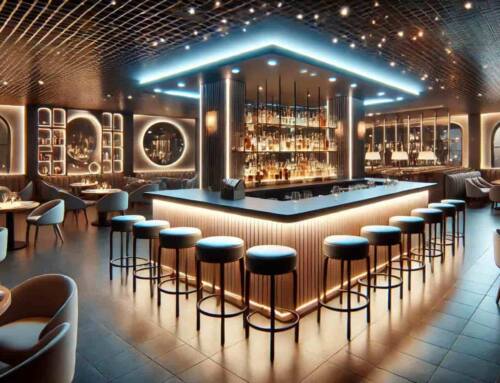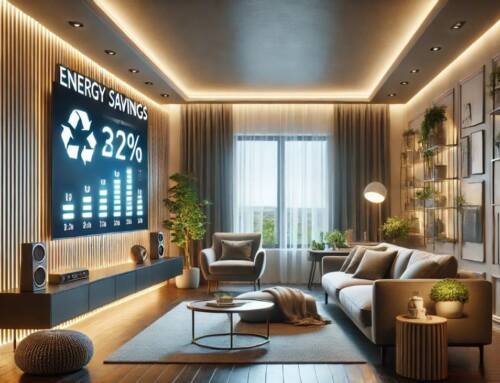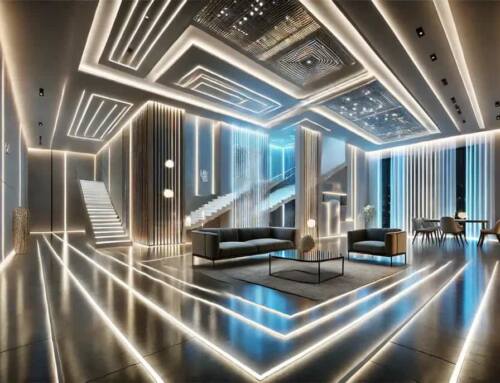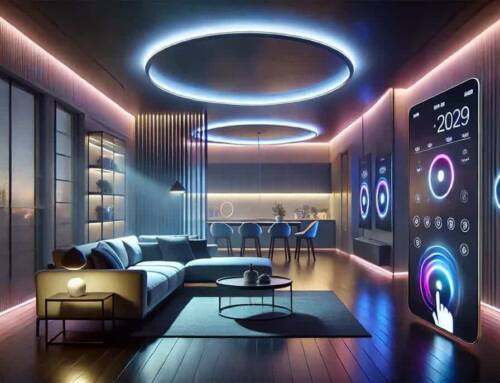5 Crucial Mistakes to Avoid When Installing LED Strip Lights
LED strip lights have become a popular choice for adding ambiance, accent lighting, and functionality to various spaces.
Whether you’re enhancing your home decor, illuminating commercial displays, or upgrading outdoor landscapes, proper installation is key to achieving the desired effect and ensuring the longevity of your LED lighting system.
However, several common mistakes can compromise the performance and safety of your installation. Here are five crucial mistakes to avoid when installing LED strip lights:
Inadequate Planning and Layout
Rushing into installation without careful planning can result in uneven lighting, gaps, or areas left in the dark.
Before you start sticking your LED strips, take measurements, and plan the layout meticulously.
Consider factors such as the length of the strips, power supply placement, and desired brightness levels.
Creating a layout diagram or marking the installation points can help you visualize the final result and avoid costly mistakes.
Incorrect Power Supply Selection
The power supply is the backbone of your LED lighting system, providing the necessary voltage and current to illuminate the strips.
Choosing the wrong power supply can lead to flickering, dimming, or even permanent damage to the LEDs.
Always match the voltage and wattage rating of the power supply to the requirements of your LED strips.
Additionally, consider factors such as voltage drop over long runs and the total power consumption of all connected strips to ensure optimal performance.
Poor Surface Preparation
Proper surface preparation is essential for ensuring the longevity and stability of your LED strip lights. Skipping this step can result in adhesion failure, causing the strips to peel off or fall over time. Before applying the LED strips, clean the surface thoroughly to remove dust, dirt, and grease.
Use rubbing alcohol or a mild detergent solution for best results. Additionally, choose the appropriate mounting method and adhesive backing for the surface type to ensure a secure and long-lasting installation.
Neglecting Waterproofing Needs
If you’re installing LED strip lights in areas exposed to moisture, humidity, or outdoor elements, waterproofing is crucial to prevent damage and ensure safety.
Using non-waterproof or inadequately protected LED strips and connectors in such environments can lead to corrosion, electrical shorts, and malfunction.
Always use waterproof or water-resistant LED strips, connectors, and sealants rated for the intended application to protect your investment and avoid costly repairs.
Ignoring Heat Dissipation
LED strip lights can generate heat, especially when operated at high brightness levels or in confined spaces. Inadequate heat dissipation can reduce the lifespan of the LEDs and lead to performance issues.
To prevent overheating, ensure proper ventilation around the LED strips and consider using aluminum channels or heat sinks to dissipate heat effectively.
Additionally, avoid covering or tightly enclosing the LED strips, as this can trap heat and compromise performance.
In conclusion, avoiding these common mistakes is essential for a successful and trouble-free installation of LED strip lights.
By carefully planning the layout, selecting the correct power supply, preparing the surface adequately, waterproofing as needed, and addressing heat dissipation concerns, you can enjoy beautiful, reliable, and long-lasting LED lighting in your space.












Leave A Comment
You must be logged in to post a comment.